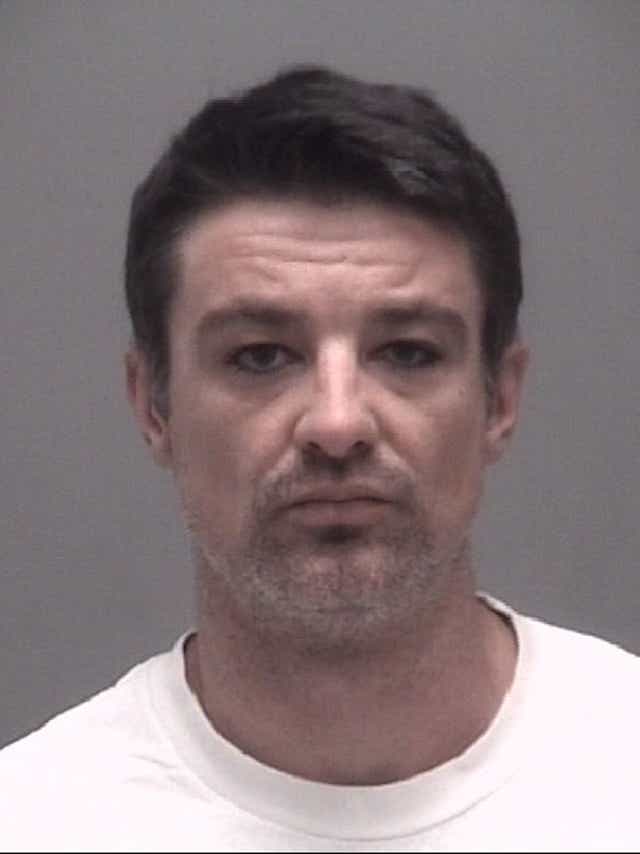Drug dealer who sold Mac Miller fentanyl laced pills sentenced to 11 years in prison

On 7 September 2018, beloved rapper Mac Miller—real name Malcolm James McCormick—was found dead at his home in Los Angeles. Aged 26, he died from “mixed drug toxicity” that included cocaine, fentanyl and alcohol, the Los Angeles County medical examiner-coroner’s office said at the time.
In October 2019, a grand jury indictment accused drug dealers Cameron Pettit, Stephen Walter and Ryan Reavis of conspiring and distributing the cocaine and oxycodone pills laced with fentanyl that caused Miller’s death.
While Walter was suspected of selling counterfeit oxycodone pills—which contained fentanyl, an opioid 50 times more potent than heroin—to Cameron Pettit, it was Pettit who then sold the pills to Miller only two days before he died. Reavis was accused of being Walter’s “runner” who delivered the pills to Pettit.
Now aged 38, Reavis has just been sentenced to nearly 11 years in prison—131 months to be exact—after pleading guilty to one count of distributing fentanyl. According to Rolling Stone, Miller’s mother, Karen, read a victim impact statement at Reavis’ trial. She said, “My life went dark the moment Malcolm left his world. Malcolm was my person, more than a son.”

Walter has also pleaded guilty to a distribution charge and is awaiting sentencing. Pettit’s case is “pending,” according to Fox 11.
In a 12-page grand jury indictment, it was noted that Reavis sent a text message highlighting his concern about the pills they were supplying and whether they would get caught by undercover cops. The message allegedly said, “People have been dying from fake blues left and right. You better believe law enforcement is using informants and undercovers to buy them on the street so they can start putting people in prison for life for selling fake pills.”
Regardless of his ‘concern’, US Attorney Nick Hanna said after the three men were charged that they still continued to sell the dangerous drugs “with full knowledge of the risk of their products.”
“It has become increasingly common for us to see drug dealers peddling counterfeit pharmaceuticals made with fentanyl. As a consequence, fentanyl is now the number one cause of overdose deaths in the United States,” Hanna continued.
Miller, who was in a two-year relationship with Ariana Grande that ended earlier in 2018, had opened up about his struggles with depression and addiction in his music. Though he was known to have a long history of drug and alcohol abuse, the rapper had not previously overdosed.





